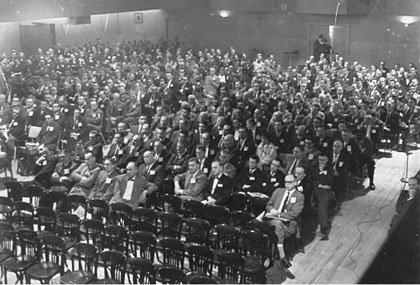Article
Run
Eric Walters’s novel Run (2003) is a fictionalized account of Terry Fox’s Marathon of Hope. The book follows troubled youth Winston Macdonald, who is inspired to stop running away from his problems after he befriends Fox in 1980. Run is both the first book for young adults and the first fictionalized book about Terry Fox endorsed by the Fox family. Author royalties from the sales of Run are donated to the Terry Fox Foundation. The novel’s audio version received the 2004 Torgi Award for Books in Alternative Formats.









